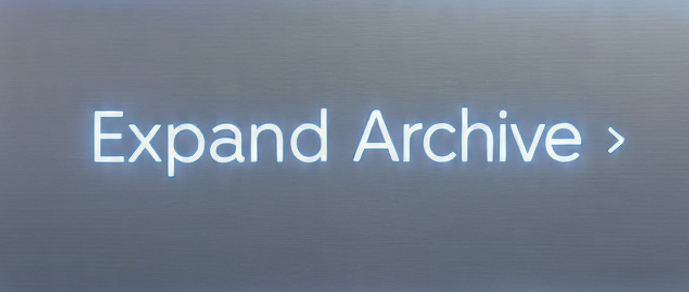 |
||
City of Ji
City of Ji - 2038 - Shining with clean energy innovation. Solar-roofed hutongs blend with transparent skyscrapers shaped like pagodas. The Great Wall visible in distance, retrofitted with wind turbines and sensors. Air crisp, sky bright. City of Ji - 2048 - Cloaked in gray smog and ruin. Volcanic ash drifts from northern winds; rivers have dried. The Forbidden City stands half-buried in dust, temples cracked. Survivors cook over solar stoves amid ancient courtyards. City of Ji - 2058 - Skyline is framed by smart‐roofs and air-filtration dome-structures. The wide boulevards are shaded by high-tech canopies and lined with vertical gardens. An ominous orange haze of dust drifts in from the north, then heavy rain bursts into life as monsoon residual cloud-bands arrive late. Pedestrians wear smart thermal gear. Due to the Pole Shift, the City of Ji will see hotter summers, potentially more extreme heat nights, and dramatic shifts in monsoon onset/strength. With atmospheric circulation disrupted, rainfall may become less predictable, perhaps heavier when it hits - and increased risk of dust storms due to desertification in nearby zones. |
||
 |
||
 |
||
The Judge's Sword
Zth'kaa'ri of Influence, The Last Verdict - "The Song has been sung. The verdict echoes. I am The Judge's Sword, the Last Verdict. Behold my power, for thought is law and will is sentence."
|
 |
|
 |
||
The Judicial Branch
|
 |
|
 |
